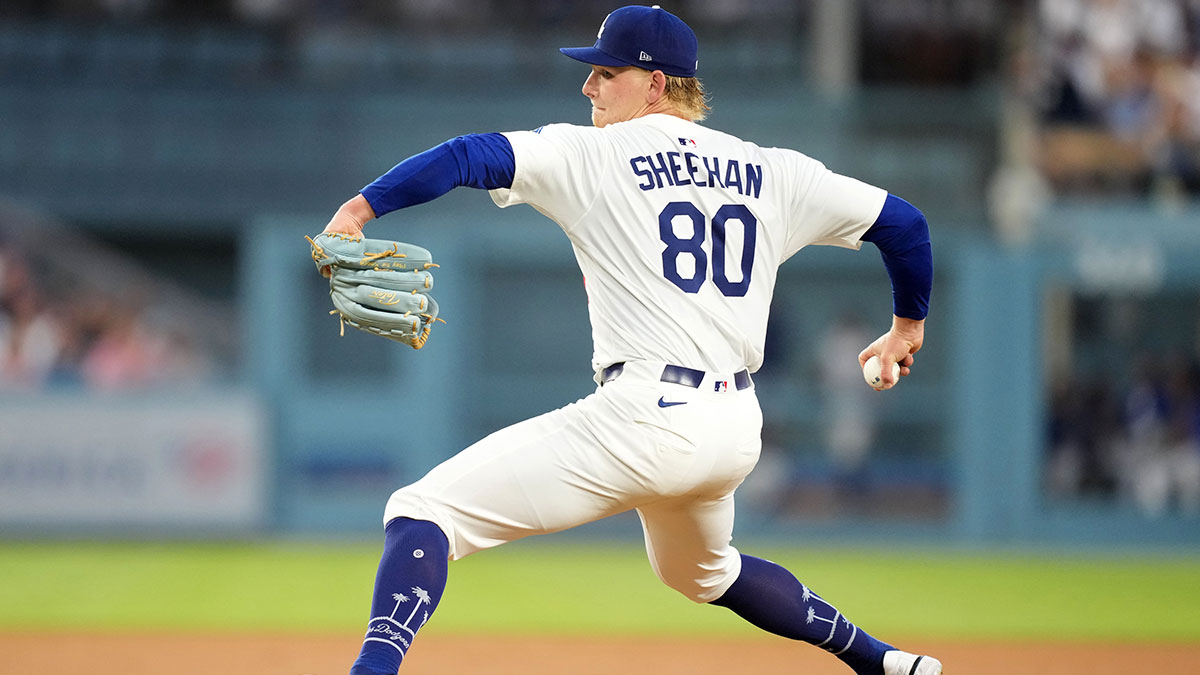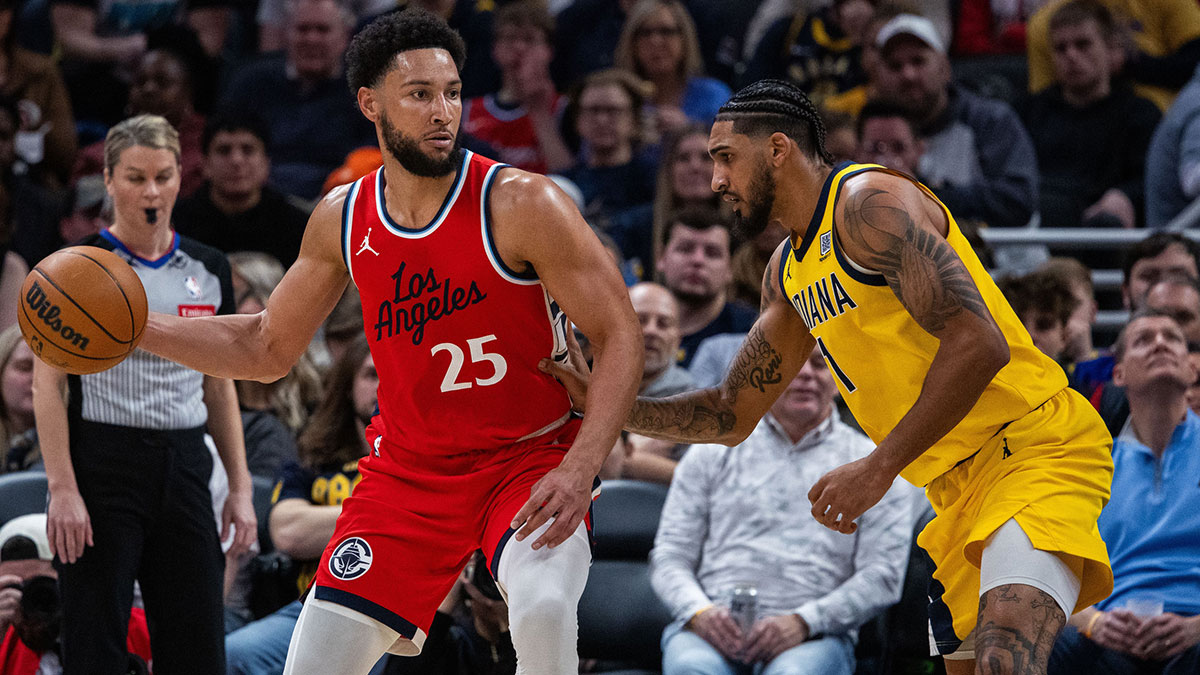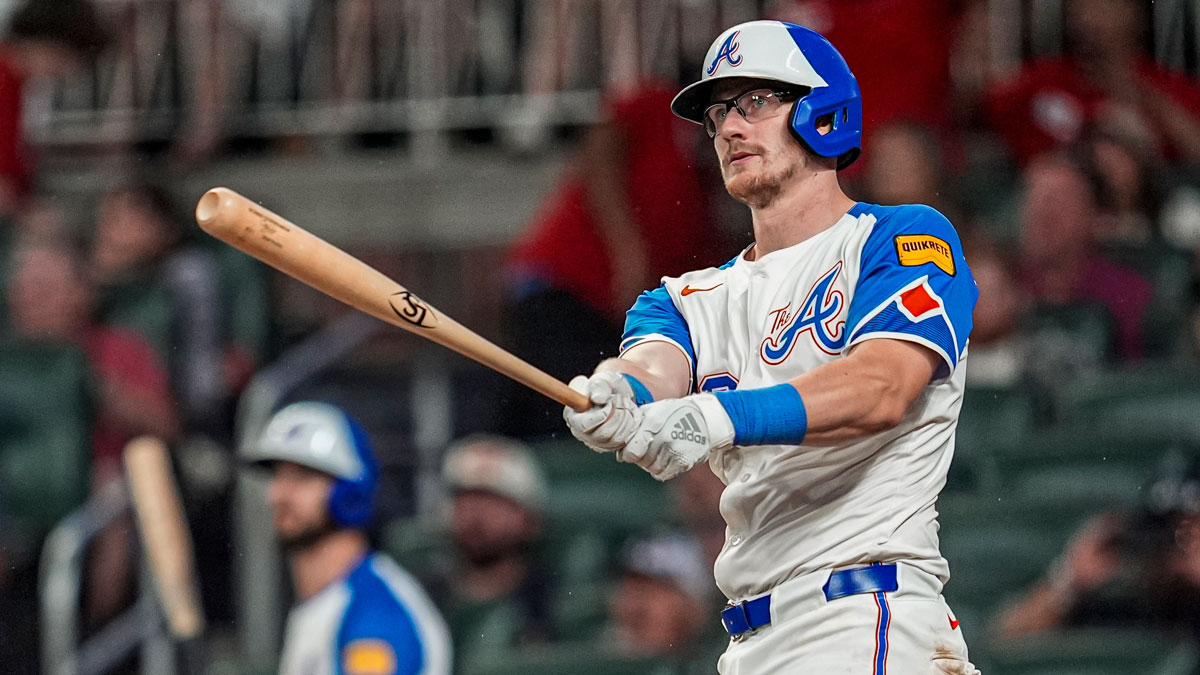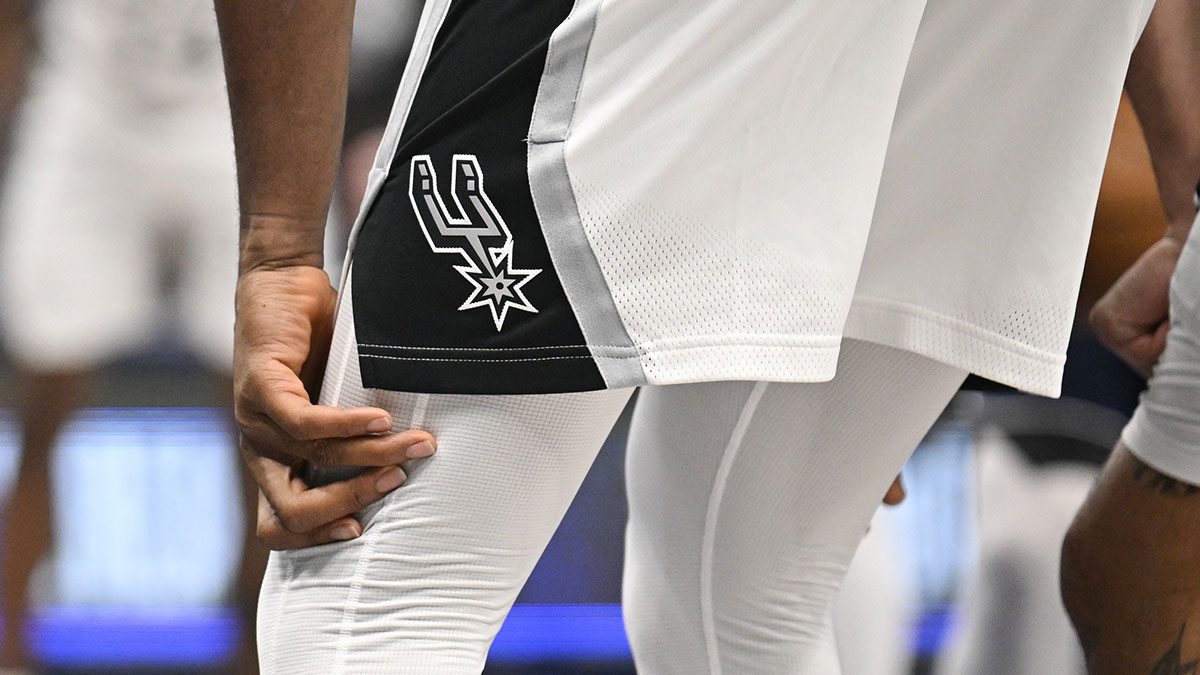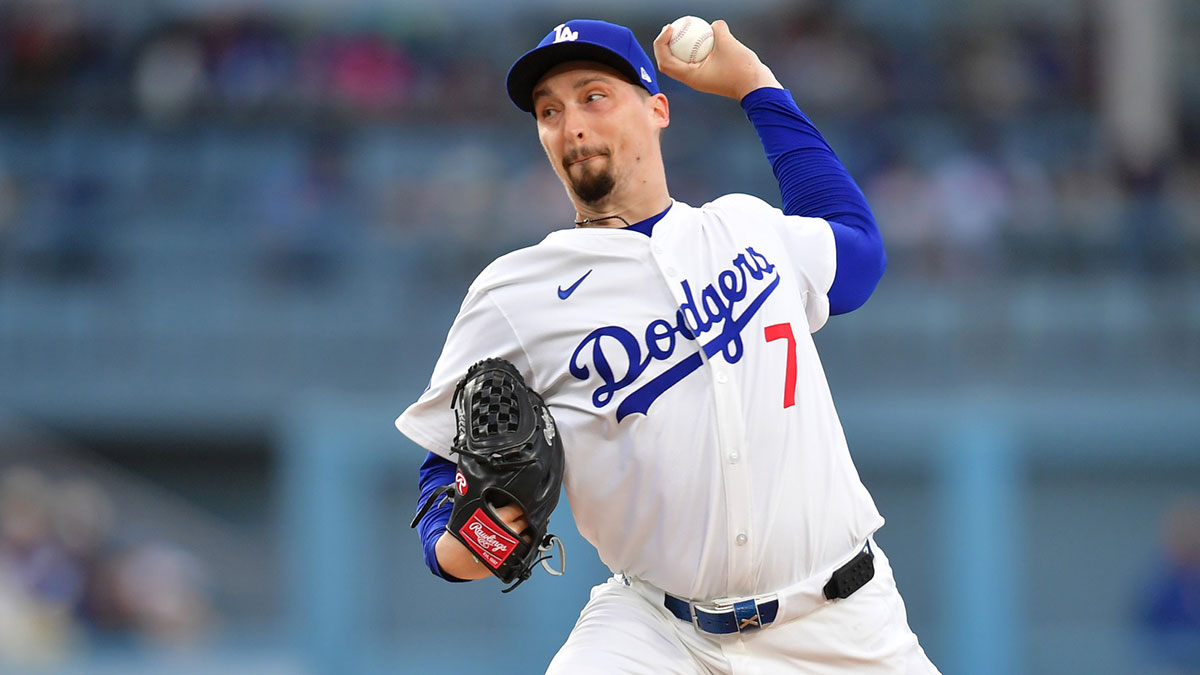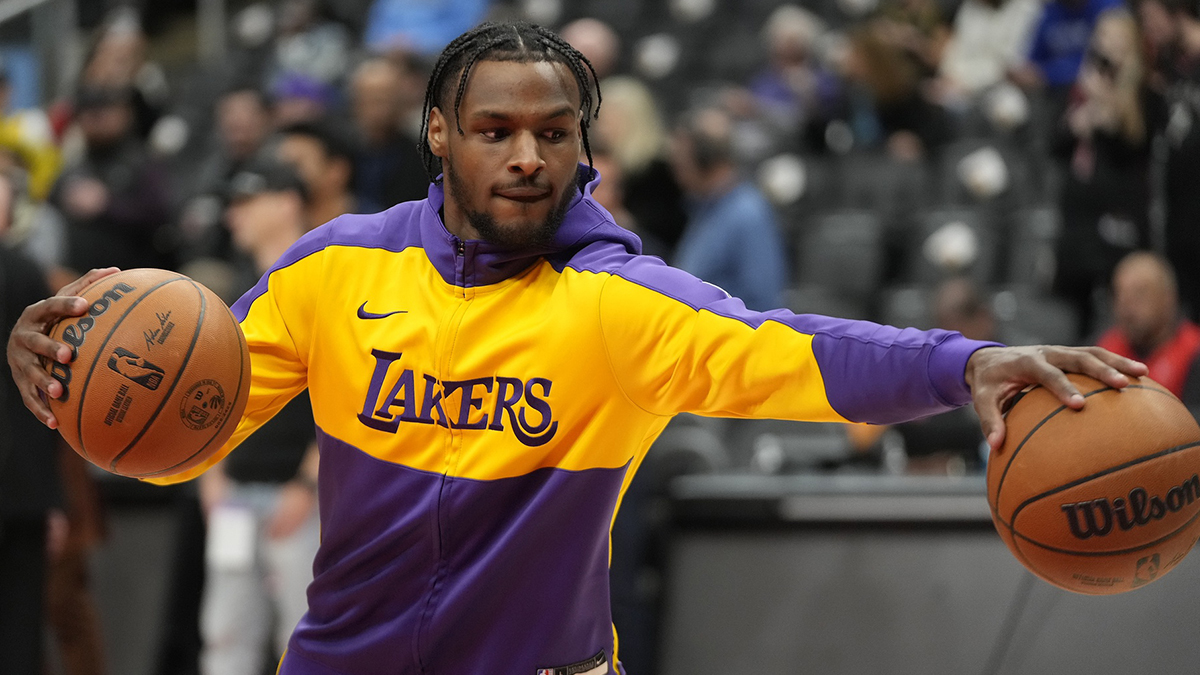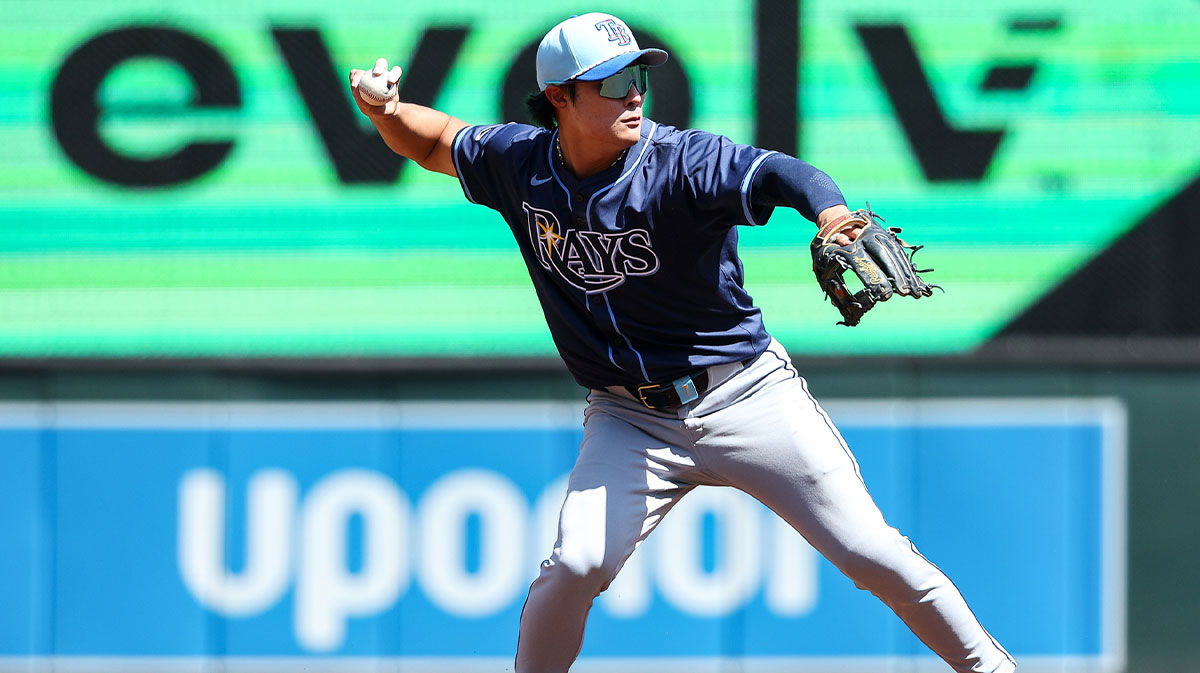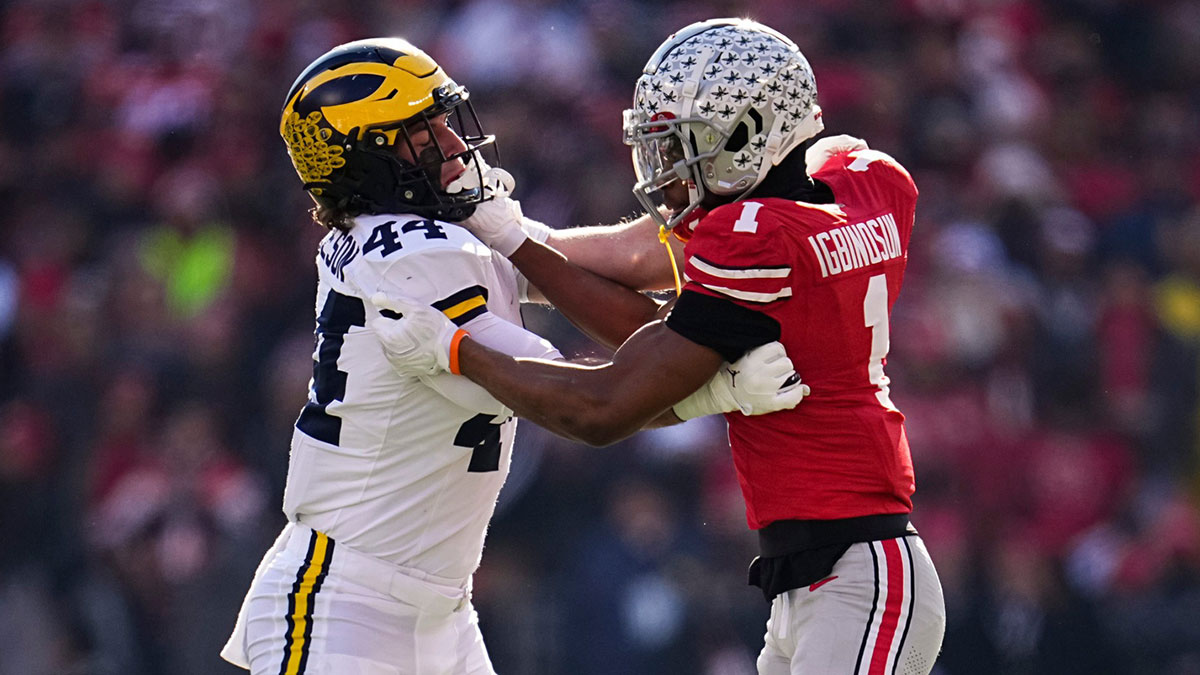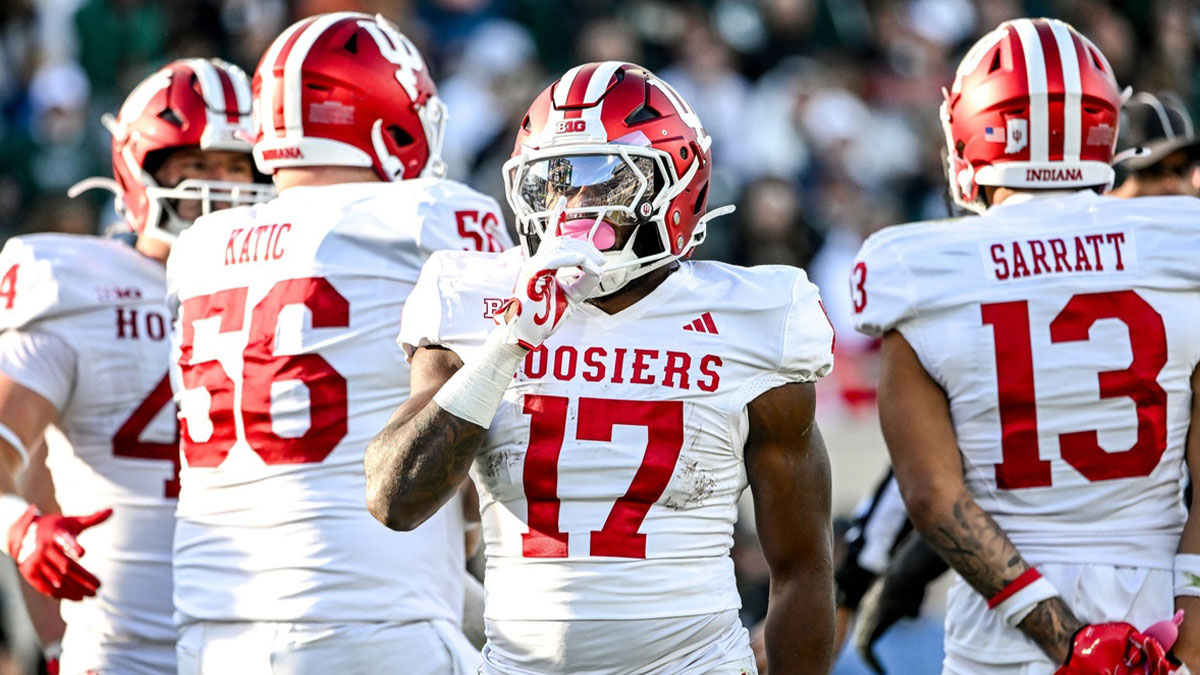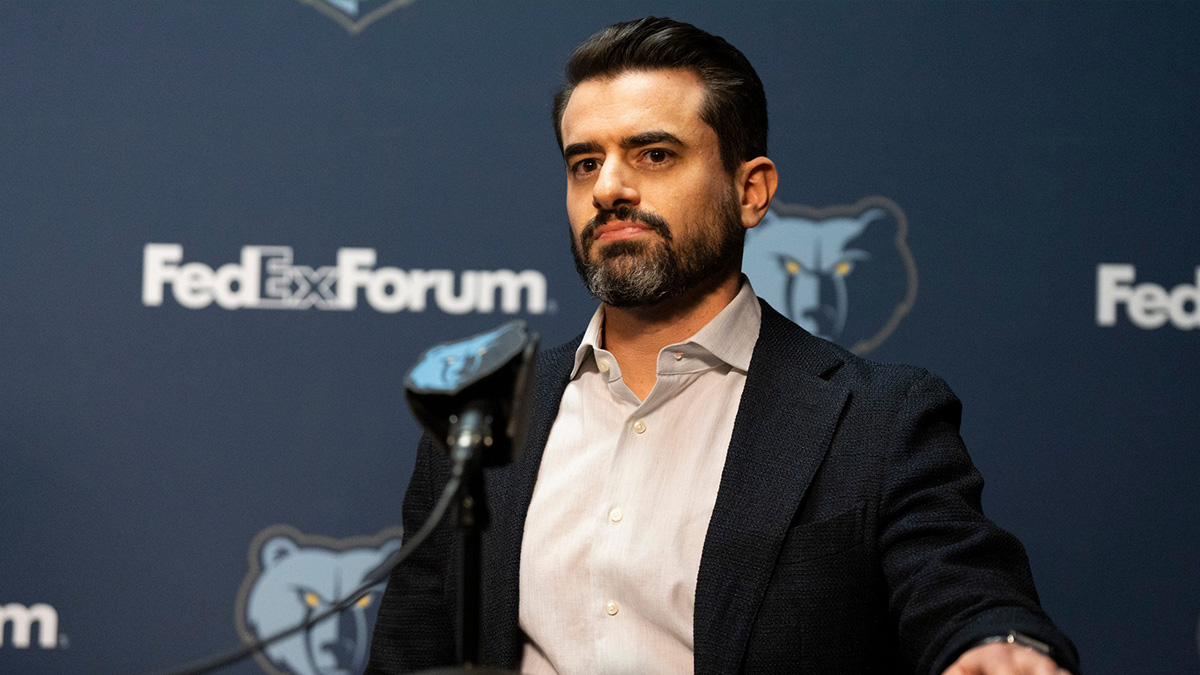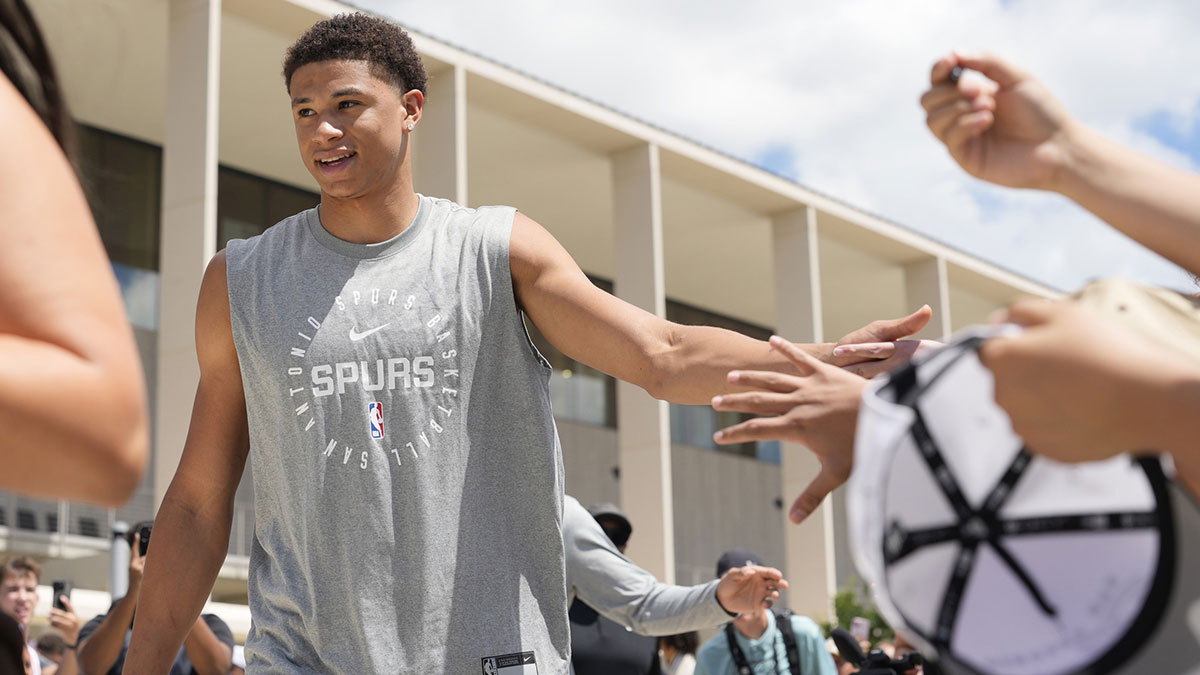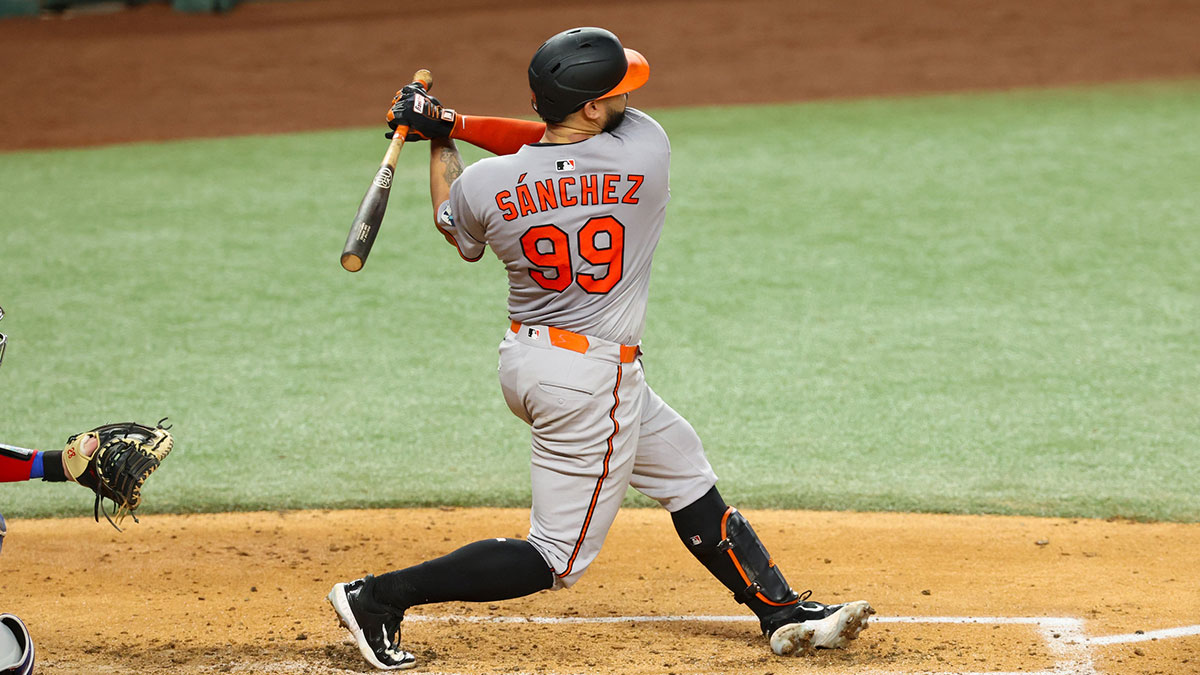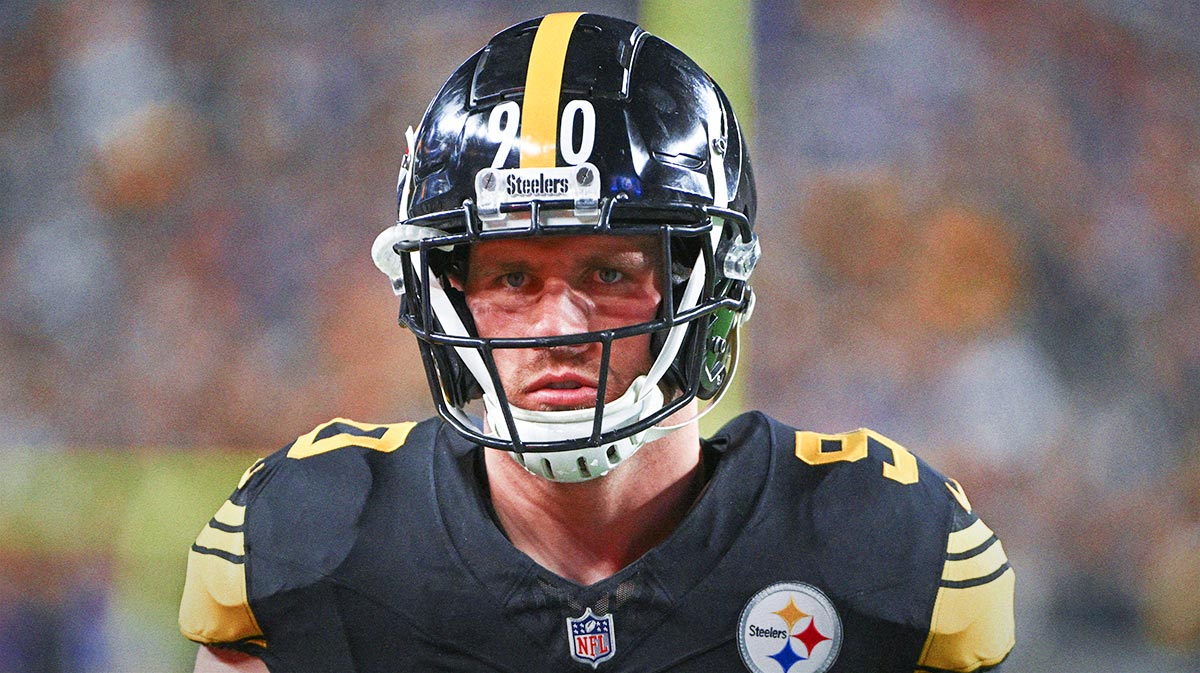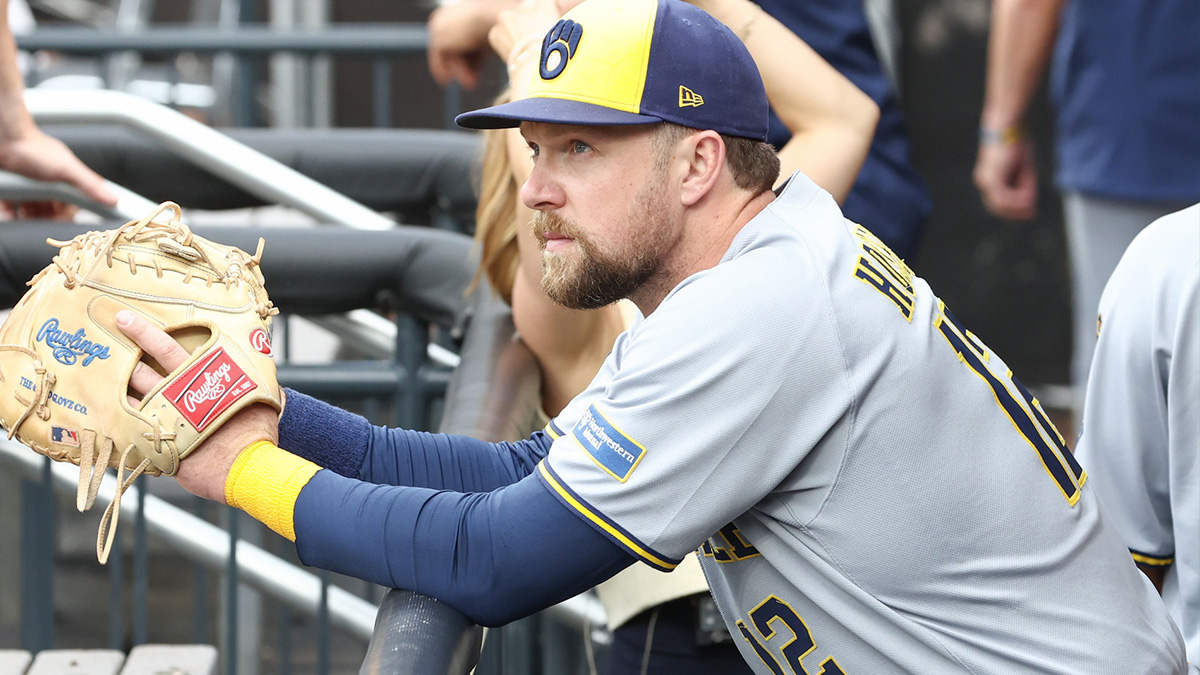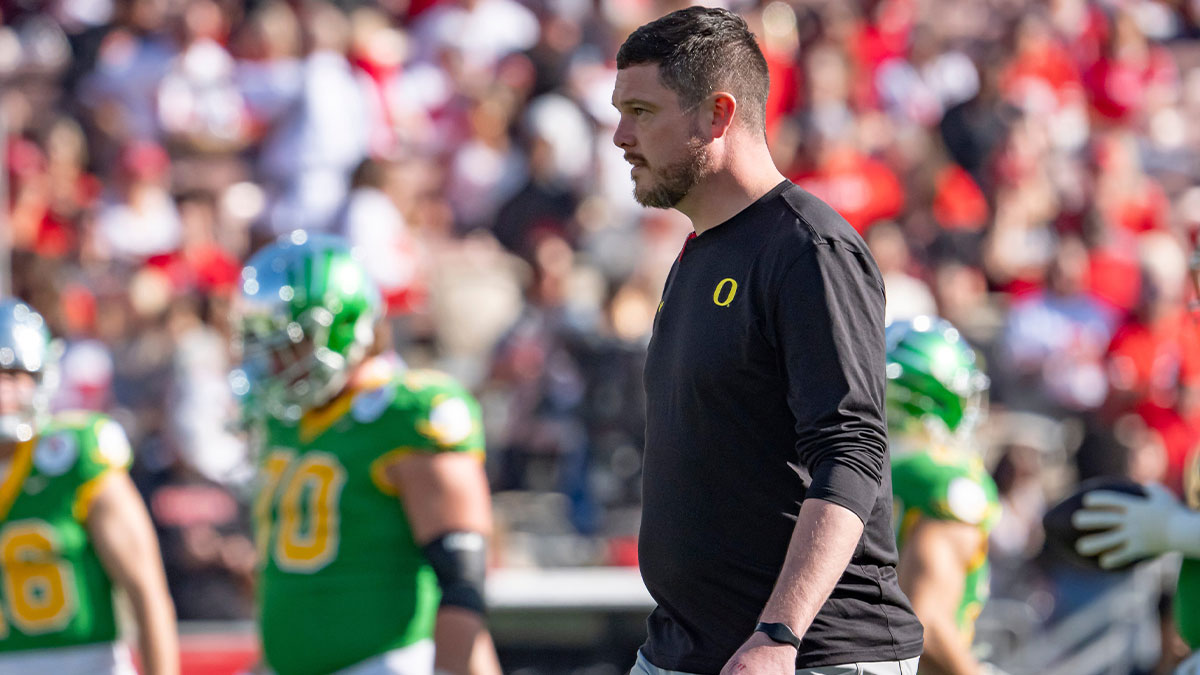The Boston Celtics, Cleveland Cavaliers, Golden State Warriors, and Houston Rockets have each taken different paths to the NBA Conference Finals, but each share enough common threads to weave the tapestry that is basketball's future.
First and foremost, an old coaching adage is holding up this postseason: the team that shoots better tends to win the game. Of the first six games in these conference championships, five of them have been won by the team that makes more three-pointers or shoots a higher percentage from the field. Both offensive performance (making open shots) and defensive impact (preventing teams from getting easy opportunities) factor into the numbers, but basketball really is a simple game in some regards. Make more of your shots, you've got a good chance to win.
Beyond that, each team has subscribed to a similar theory of play on the defensive end. Multi-positional defense, switching schemes and more individual pressure on the perimeter have taken the league by storm. Playoff basketball is physical and frequent drop-back pick-and-roll schemes don't create enough aggression to make the offense unbalanced or uncomfortable. Teams seem to have more success in daring individual match-ups to be attacked and then controlling where help defenders come from.
It's no accident the last four teams standing all play this same way. But that type of defense is only part of the equation for their success.
There are five clearly identifiable factors connecting each of the four teams in success. Any team hoping to reach their level of play needs to be able to replicate as many as they can.
5. Switch-ability on defense… Wings are more valuable than Bigs

Of the four teams still aiming for the 2018 NBA Title, only one has played a big man more than 20 minutes a game who hasn't made a three-pointer, and that's Houston with Clint Capela.
Going smaller with more wing players who can simultaneously space the floor and switch multiple match-ups on defense provides great versatility for coaches. Warriors Head Coach Steve Kerr has more options to provide Stephen Curry with help when the Rockets pick on him if there are fewer mismatches elsewhere. The same goes for any team within a switching scheme… there are ways to mitigate the negative impact of your worst defender.
Paint-centric big men are a dying breed. Guys like Kevin Love and Al Horford have added three-point shots and slid to the 5 more frequently in order to be best utilized. Golden State now routinely starts Draymond Green at the 5 instead of using that as a “death lineup” gimmick to frenzy opponents like they used to against the Cavaliers.
The hyper-athletic Capela might be the exception to the rule, though. He's a plus-rim protector who can also switch onto guards and contain them with his length and quick feet. No other center really possesses that skill right now. He's even proven capable of locking down Durant:
https://twitter.com/PointFlawless/status/997854997177126913
After averaging 28 minutes a night and a double-double during the regular season, Capela logged only 21 minutes and was a whopping minus-41 in those minutes during Game 3 against the Warriors.
How did Golden State get him there? By putting him in a spot where he's guarding a shooter who doesn't have the ball in their hands. If Capela is a help defender but can't leave a roaming shooter or protect the rim, he's just another body on the floor. You could see his positional discomfort at times during the first two games of the series:
The Warriors targeted Capela early and often in Game 3 and were able to break through against him during that run in the third quarter. While Capela can guard Curry, he's had great difficulty in tracking him around the court and having much of an impact when Steph gives up the ball. Hiding from switching onto Curry, the most lethal shooter of all-time, provides a whole new set of problems. Dribble handoffs are essentially quicker ways to run a screen… they have the same effect and can punish teams not ready to switch:
This is simply how NBA offenses are engineered these days: find the weakness and exploit it. Playing smaller and having more wings on offense provides speed (it's meaningless to play small and slow) and outside shooting. No matter how well big men can defend the rim, they can be targeted in these wing-heavy schemes.
Rudy Gobert was abused at times by the Rockets. Joel Embiid couldn't guard Al Horford's pick-and-pops to the top of the key when Boston ran cutters around him. Going small with shooting at the 5 can thwart even the best rim protectors out there.
Out East, Cleveland has challenged the Celtics to make a decision between their speed and physicality by inserting Tristan Thompson into the starting lineup. Thompson does a great job neutralizing Horford as a more mobile and athletic big man. Now Boston and Brad Stevens have a trade-off. They can stay small, run Kevin Love around the court, use Horford as a creator and let Kevin Love post-ups happen. Or they can start larger with Aron Baynes (or even Guerschon Yabusele, which wouldn't be shocking), match to Cleveland's size and lose a bit of spacing while Horford serves as less of a scorer.
As the series moves forward, Stevens will tinker with his team and make adjustments to the Cavs, who have suddenly gone a little bit bigger than normal. Cleveland is also switching to negate mismatches though, just in a different way. The Cavaliers have relied heavily on an X-out to protect their big men from the Horford pick-and-pops that destroyed Philadelphia. The x-out is when one player not involved in the two-man screening action rotates into the play while one of the defenders rotates out of it.
Here, Cleveland sought to protect Larry Nance, rotating LeBron over from the weak side onto Horford and forcing a turnover:
Again Horford pops out to 3, LeBron leaves Tatum to take him and opening up the door for Nance to switch to Tatum in the corner, he doesn't until the last second but it doesn't matter because James is coming over with high hands to take that pass away and gets the steal. pic.twitter.com/WtQDGLn91q
— Mo Dakhil (@MoDakhil_NBA) May 20, 2018
In an even more complex switching scheme, the Celtics have rotated out of the post when the Cavs (or any other team) tries to post one of their smaller guards. Because Boston switches screening actions on the perimeter, opponents can wind up with a big man guarded by Terry Rozier or another Celtics guard. Stevens instructs his defenders to front the post, forcing a lob pass. As the lob is thrown, the C's have time to execute a complex swap:
https://twitter.com/John_Leonzo/status/996190183363170304
Basically, switching on the ball and off the ball can hold many different facets. It's at its most versatile in multi-wing lineups, not to mention the offensive prowess that it adds. But all four teams have uniquely leveraged switching to their advantage throughout the postseason… it's why they're here.
4. Ball movement is king

There's a a long-standing tradition that switches are created either through slipping screens or exploiting mismatches. The latter of those theories is a bit archaic though, as it assumes the premise for disciplining a switching team is through a one-on-one attempt to score.
In reality the most effective way to attack a beneficial matchup (unless you have step-back king James Harden) is through swinging the ball and attacking closeouts. Mismatches, especially ones where the dominant offensive player in the mismatch has the ball, cause the surrounding defenders to take a step closer to provide the help they anticipate they'll need to. Now passing windows become a tad wider, closeouts a step longer and defenses frantic as they jolt around to follow the ball.
Not only is this really effective basketball, but it's pretty easy on the eyes:
Cleveland is 4-1 when they have 20 or more assists this postseason. The Celtics are 1-4 when held to 18 or fewer dimes. The Warriors openly talk about how they're at their best when they get over 300 total passes in a game. While many think of the Rockets as being isolation-heavy and that taking away from their passing ability, hopefully the video above helps prove that as a false narrative. Houston did have the fewest passes per game during the regular season, according to NBA.com's tracking data, but their assist to passing ratio was top-five in the league.
Sharing the rock for the sake of doing it is a little counterproductive and not the point here: good things don't happen solely because these teams pass. It's how they pass, how they cut, and the fact they all have multiple scoring options that makes each pass a dangerous one. The cumulative effect of many dangerous passes is what creates their offensive success.
Boston and Golden State, the two top passing teams in the postseason, have been able to create offense based on their ball movement. Houston and Cleveland leverage their insanely gifted individual matchups to create simple and open shots for teammates. There's no right way or wrong way to do it, but without unselfish stars willing to share the ball when defenses focus on them and a culture of role players who turn down a good shot for a great one, the success accompanying ball movement won't be felt.
3. Culture, culture, culture

How do teams instill that belief amongst their players? It all comes down to culture. There are dozens of coaching articles available that delve into the minutia of each team's positive environment. Stevens and the front office for the Celtics get a ton of credit for their work in this arena, emphasizing toughness to go along with their unselfishness. Does it not make perfect sense for a team playing smaller and faster to also be tougher and more mentally strong? The obvious nature of coaching at times can be striking, but it's execution much more important.
Stevens, Mike D'Antoni and Steve Kerr have all been praised for their approaches to player management, ego, rotations and work ethic. A look into Kerr's practices provide a loose but work-like environment. D'Antoni has mastered the balance of privately pushing his best players to lead while publicly endorsing their every move. Stevens has thrived in Boston regardless of who is on the floor thanks to a “next man up” mentality. All three teams have synergy and harmony between front office, coaches and locker room, and owners that don't meddle in the basketball decision-making.
Cleveland may be the most unique place in terms of organizational culture, both in the context of who is still competing for the Larry O'Brien Trophy and in North American sports. Since returning from a four-year stint in Miami, LeBron has been the one who sets the culture on the floor and in the locker room. His ability to decipher opponents, the level of detail he puts into work in the film room and physical preparedness from a superstar serves as a rallying of players around him. He's why the roster can undergo an almost complete overhaul at the trade deadline, seemingly get worse and still be in the Eastern Conference Finals.
There are countless stories about how good of a teammate LeBron is, buying presents for his compatriots or organizing a dress code for them to create a sense of unity. King James isn't successful in spite of his team or his franchise, but he elevates them to a level they couldn't get to without what he brings to the table besides being an elite player.
It serves as a great lesson to all the other teams in the league that seek to get to this level. There are no shortcuts. Chemistry still matters more than is quantifiable, and the best way to account for positive chemistry is to create a strong culture.
2. Have a bench, trust the bench

Hand-in-hand with culture comes trust from the coach to the players, not just the players to the coach. If a coach really believes he's established a system that allows each individual to be most successful, there is little reason to shorten the rotation within the postseason.
Brad Stevens has turned to his de facto third-string point guard during the regular season, Terry Rozier, and entrusted him with more minutes than any Celtic to date this postseason. Boston has dealt with a depleted bench all season long and are still thriving without playing any single player more than 37 minutes a night.
Much of the same can be said of the other coaches here. Both James Harden and Chris Paul play fewer than 35 minutes per game in the postseason. D'Antoni has shortened his rotation to a certain extent, but also gives guys like Gerald Green a chance to shine in an expanded role. Ty Lue has continued to toggle his lineups, even dusting off the likes of Cedi Osman and Jose Calderon in Game 3 against Boston. Besides the superhuman LeBron, no Cavalier has logged more than 33 minutes per game.
Teams like the Warriors thrive based on their depth and versatility. Kerr pushes buttons in the frontcourt based on matchups. He started JaVale McGee at the five, has thrown rookie Jordan Bell in there early, leaned on the defensive versatility of Kevon Looney, utilized the passing and toughness of veteran David West or even gone small right away with the shooting role player Nick Young. Quinn Cook, the point guard who wasn't even on the roster at the All-Star Break, has even been given some run once Steph Curry returned from injury. Kerr isn't afraid to push different buttons and trust his players to execute.
The NBA is and always will be a star player's league. Those types of players are vital to even get to this point. Once they're here, the bench and its versatility is what makes all the difference in each series and matchup. Don't overlook the value of these role players, or in their coaches to not completely cut them out of the rotation when the stakes are highest.
1. Know where your late-game (and late clock) shots are coming from

It may seem like an obvious tenet of a team dynamic, but trust in execution down the stretch is vital for the teams that plan on winning the biggest games on their calendar.
It's a long-winded way of saying have a superstar, which tends to be where most heroics late in the clock come from. In today's era of super teams, establishing a hierarchy and practicing sets that do more than just isolate individual matchups is paramount. Opposing coaches and players are too smart to simply let someone beat them one-on-one (with apologies to Dwane Casey).
Each team knows who their best option is and what they're going for. The Warriors have a tendency to leverage Curry or Thompson, usually as cutters, while Durant handles the ball. Houston plays through isolations with Harden and CP3 after screening to create an advantageous mismatch. Cleveland clears out around LeBron and spreads the floor with shooting.
Boston and the Celtics have the unique path to their late-game shots… they rely on the savvy of coach Brad Stevens. Through the development of his culture and the aura surrounding his X's and O's wizardry, the C's have bought into the concept of executing whatever their sideline savant draws up.
This isn't to take away from their star power: I firmly believe we'll look back at this roster and not see them as a group of underdogs. Horford is a bonafide star, albeit one who doesn't generally carry an offense. Jaylen Brown and Jayson Tatum are some of the most athletic one-on-one scorers in the game and each could average over 20 a night if they wanted. Even Terry Rozier has proven to be more than just a flash in the pan. It just shows that, when the game is on the line late, nobody doubts Stevens will be the one to get them the best shot for the group.
These four teams are among the chief architects in changing how the game is played moving forward while featuring elements of the league's last important revolution. D'Antoni was a part of the space-and-pace movement back in Phoenix, making three-pointers and quick offense all the rage. Boston's Danny Ainge helped build the Celtics Big Three, the first of the modern super-teams, setting a blueprint for immediate creation of a champion. LeBron helped space-and-pace become a modern ingredient of a championship team in Miami and built it around their team of role-playing shooters. Golden State under Steve Kerr has emphasized ball movement, playing without a true center and leveraging elite shooting and defensive versatility to their advantage.
How long this current wave of NBA style stays in fashion remains to be seen. One thing is clear: in order to beat these teams and dethrone them at the top, opponents will at least have to be able to play their style and thrive. If nothing else this year's Final Four in the league should emphasize just how much the game continues to evolve.
Unless otherwise noted, all stats are courtesy of NBA.com, basketball-reference or Synergy Sports Tech, and are current as of May 21, 2018.


